Liatris: description, reproduction, planting and care rules
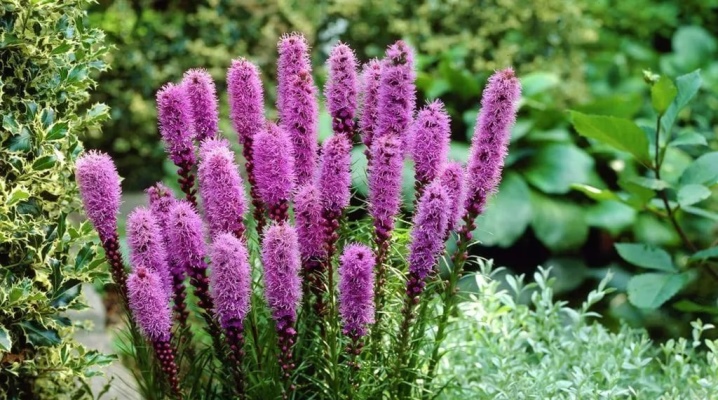
Although liatris is a relatively new plant for our country, it has already won the love of many gardeners. The flower is unpretentious in relation to grooming measures, and is also resistant to adverse external influences, which is very popular with novice gardeners. Read in our material a description of Liatris, a variety of varieties, the secrets of plant care, the subtleties of reproduction, the rules of planting and care, as well as the use of a plant in landscape design.

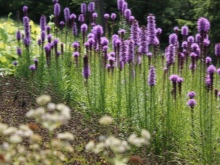
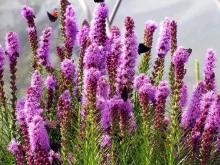
Description
Liatris is a plant that belongs to the Compositae division. The flower grows not only at home, but also in the wild. So, the plant can be seen in the countries of North America (in particular - in Mexico and the Bahamas). Despite the fact that the botanical name of the flower is liatris, it is popularly nicknamed "the flaming star". The range of human application of the plant is quite wide. So, most often, perennials are used in landscape design, as well as for drawing up bouquets. In addition, liatris serves as food for some insects (larvae, lepidoptera, and so on).
A perennial flower has inflorescences that resemble discs in shape. Flower heads are also endowed with ray flowers. In general, liatris is a shrub. In height, it can reach 150 cm (with a minimum height of 30 cm).
However, when handling a flower, you should be very careful, because it has thorns that can be painted white or purple. The leaves of the flower have a green tint.
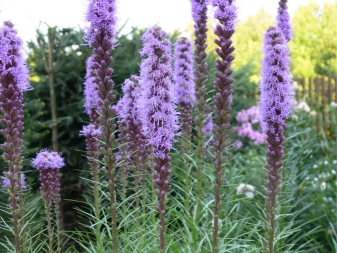
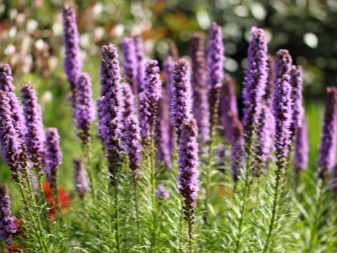
Popular species and varieties
Today there is a wide variety of varieties and types of garden liatris. Moreover, the plant contains both white and lilac varieties. Consider the most popular and favorite liatris varieties by gardeners.
- "Kobold". This Liatrix variety is suitable for dry soil areas. In height, it reaches an indicator of 70 cm and, according to botanical characteristics, belongs to the category of spikelet plants. The flowers of the "Kobold" variety are rather small in size, they gather in an inflorescence, which can be colored in red and purple shades. "Kobold" is a light-loving variety, so it should be grown in well-lit areas. The growing period is about 4 years.

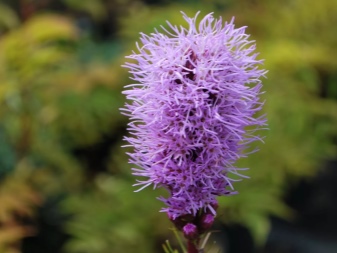
- Floristan Violett. A perennial plant can grow up to 80 cm in height. It differs from other species in fluffy spikelets in their texture, which have a lilac tint. The stems of the plant are erect. Flowering time falls in mid-summer.
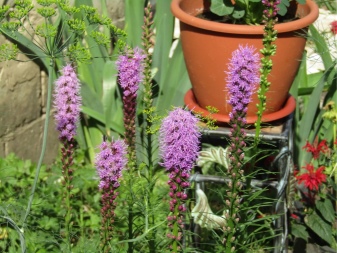
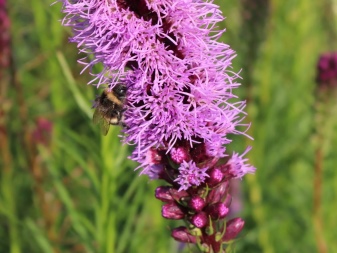
- "Picador". The highest plant height is 0.5 meters. Moreover, the flowers are colored in different shades of red and purple. The narrow leaves of Picador Liatrix are collected in a rosette. The flowering process occurs in mid-summer and lasts for 1–1.5 months.

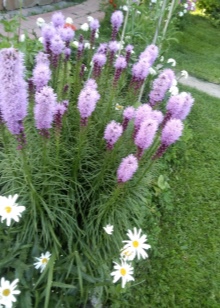
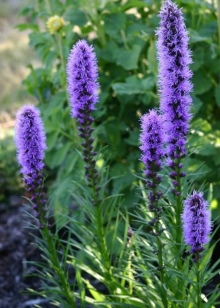
- Flamingo. A perennial lilac flower can reach 70 cm in height. At the same time, the diameter of the immediate inflorescences ranges from 20 to 30 cm. Popularly, the Flamingo variety was nicknamed the deer tongue (because of the unusual color of the plant).
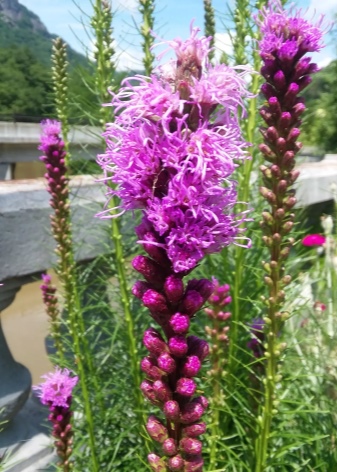
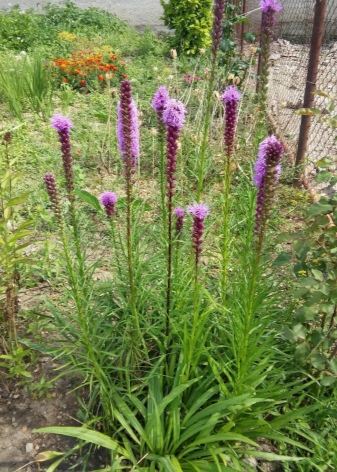
- "Spikata". The height of the representatives of the variety ranges from 40 to 80 cm. The flowering of the Spikata variety begins in June or July and can last until October. The blooming process is rather unusual - it takes place from top to bottom.
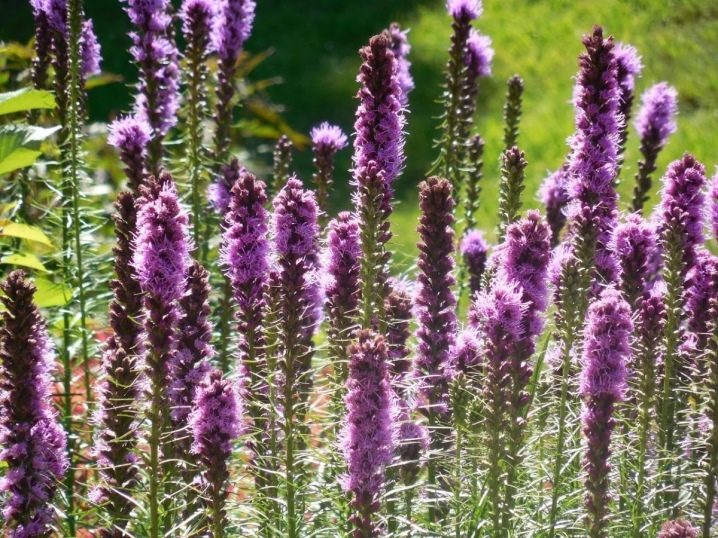
Important! Today there is a wide variety of Liatris varieties. Despite their general similarity (this is especially evident in relation to the botanical properties of the plant), each species has individual external and internal characteristics.
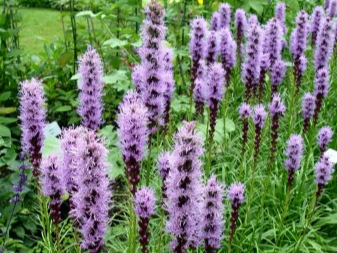
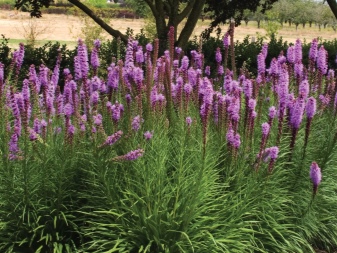
Landing features
The traditional way of planting and growing Liatris is the seed method. In this case, gardeners use both seedling and non-seedling methods. The second option is more popular. This is due precisely to the properties of the plant itself. So, Liatris is resistant to unfavorably low ambient temperatures, it is quite undemanding to care for and tenacious. The direct procedure for sowing plant seeds in open soil should take place in late autumn or early spring. But before embarking on this process, you need to prepare the seeds. So, they need to be placed in a humate solution for 12 hours.
When the seeds are in the preparatory stage, you should also start preparing the site for planting. So, it needs to be dug up and seasoned. In this case, humus is considered an ideal top dressing (this substance is added in the amount of 1 bucket per 1 square meter of soil). After that, make special grooves for the seeds (it is worth noting that their depth should not be more than 1.5 cm).
After 12 hours, the seeds are removed from the solution and laid out in the holes. Do not forget to sprinkle the seeds with a little soil on top and water. Remember that with this planting option, the plant will bloom only for 2 or 3 years.
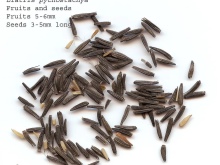
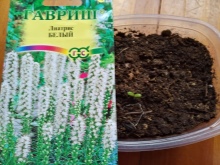

Care rules
In order for Liatris to actively grow and develop in your garden plot, cottage or in a public area, special attention should be paid to the necessary care measures.
Loosening the soil
Loose soil is a prerequisite for active growth and development of the plant. This procedure should be carried out regularly.

Watering
Liatris has a positive attitude towards moisture and water, but at the same time easily tolerates short periods of drought. It should be noted that excess water has a detrimental effect on the plant and may even cause its death. The recommended frequency of watering is once every 7 days. If you live in a humid climatic zone, as well as during periods of autumn rains, when the soil is naturally moistened, it is allowed not to irrigate.
Important! To prevent moisture from stagnating in the soil, it is important to take care of the organization of a reliable drainage system.
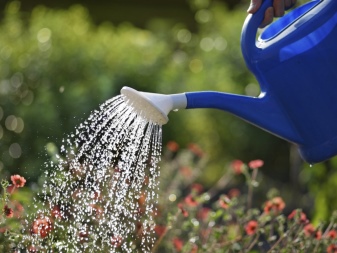
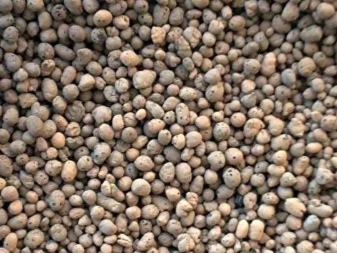
Preparing for winter
To prepare the plant for the winter period, pruning is mandatory at the end of autumn. This procedure is carried out at the moment when the lyatris leaves begin to dry. And also peat or dry leaves are used as a shelter. It is recommended to cover the plant with a protective layer, the thickness of which should not be less than 15 cm.



Fertilizer
Fertilization is the most important step in plant care. Experts advise periodically filling the area of soil on which liatris grows with a layer of mulch. It not only nourishes the plant, but also protects it from all sorts of negative external influences. In addition to mulch, mineral complexes are used as fertilizer. The recommended frequency of feeding is 3 times a season.
At the same time, depending on the season, the composition of the fertilizer mixtures should change. So, in the summer, preference should be given to phosphorus and potassium compositions, and in the spring - to choose nitrogen-containing mixtures.

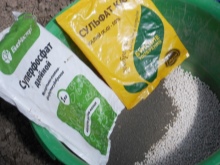

Transfer
The process of transplanting liatris to another place is carried out in the fall. Moreover, this procedure is performed no more often than once every 3-4 years and only after the flowering of the plant. If you listen to the recommendations of experienced gardeners, then it should also be noted that in the process of transplantation, the procedure for dividing the tuber should be performed. To move the flower to a new location, you need to completely dig up the bush and carefully cut it into several pieces.It is important that the root collar and tubers are included in each part. When planting split plants in open ground, pay attention to the fact that the distance between them should be at least 25 cm.The flowers themselves should be buried 15 cm in the ground.
Important! When transplanting liatris to a new place, the hole must be filled with humus and garden soil. It is also recommended to tamp this mixture thoroughly.
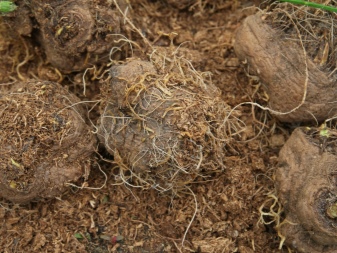
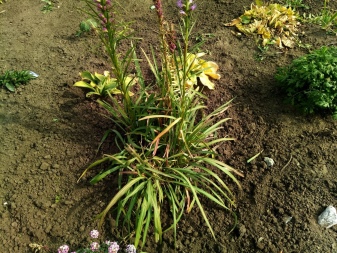
Breeding options
At home, Liatris can be propagated by planting seeds multiple times. This process is described above.
Another way to reproduce a flower is vegetative. It is suitable for those gardeners who already have liatris on their site (or can get access to an already adult and mature plant). If you do not have Liatrix in your garden, you can use commercially available planting material (you can find it in specialist gardening stores). By dividing the root or tubers, the flower is best propagated in the summer-autumn period. (namely, in August or September).
The plant propagates quite simply. However, before proceeding with this procedure, it is important to select the most suitable site.
So, for the best growth and development, liatris should be planted in an open area with sufficient lighting (you can even choose areas that are exposed to direct sunlight).
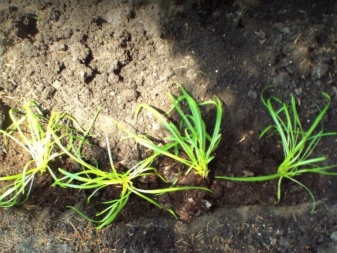
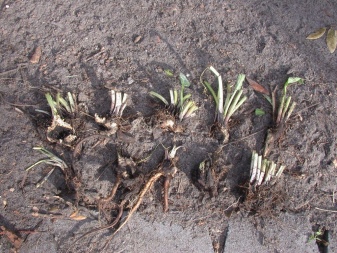
Pay attention to the general condition as well as the mineral composition of the soil: there must be a sufficient amount of nutrients, a reliable and high-quality drainage system. Do not forget to also loosen before planting. It is strictly forbidden to plant the plant on damp and heavy soil. The thing is that excessive moisture has a negative effect on liatris and can lead to root rot, respectively, to the death of the plant.
Important! When propagated by tubers, they should be placed in the ground to a depth of 3 to 10 cm.There should be a distance of at least 15 cm between the plants.

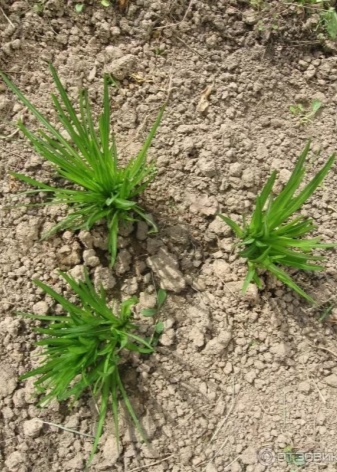
Diseases and pests
According to experienced gardeners, as well as botanical scientists, Liatris is a rather unpretentious and resistant plant that can withstand a large number of diseases, as well as the negative effects of harmful insects. In the same time organisms such as snails and bears can cause great harm to the plant... If you notice that your flower is suffering from their influence, you should immediately begin the treatment process. The most effective is the folk method.
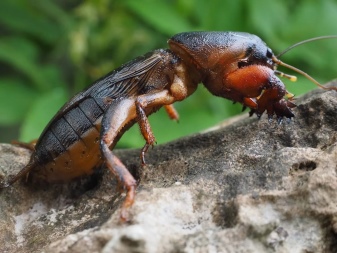

So, to prepare a medicinal solution, you need to take 0.5 cups of beer and place this liquid in a bottle. This container must be carefully poured into the soil at a 45-degree angle. It is important that the neck of the bottle is 0.2–0.3 cm below ground level. Insects will fall into such a trap.
As for diseases, then Liatrice's most common ailment is rot... It occurs when there is an excess amount of moisture in the soil. The first thing to do is to carefully analyze and, accordingly, reduce the frequency and intensity of watering. The next necessary step is to treat the plant with a fungicidal agent. This disease is difficult to treat.
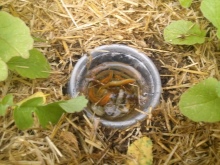
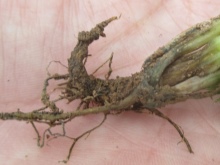
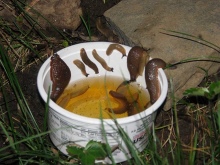
Use in landscape design
Liatris is a fairly popular plant among landscape designers. It is used to decorate flower beds and flower beds, and the plant is also planted on hills and in rock gardens. In this case, liatris can be used independently in single plantings or combined with other plants (for example, with wildflowers of different varieties). The ideal option is a combination of liatris with the same unpretentious plants. Thanks to this, you can give your garden an unusual appearance, while paying a minimum of effort and attention to maintenance activities.
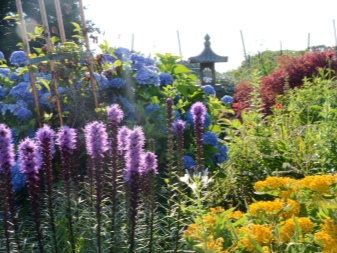
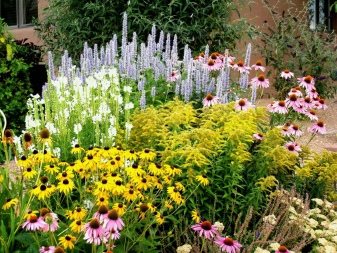
It is recommended to pay special attention to color combinations.Due to the fact that the plant is painted in white and purple tones, designers recommend combining it with yellow and red-orange flowers. Higher varieties of Liatris can be used as the centerpiece of the composition, while lower varieties are often planted along footpaths or at the entrance.


Liatris is quite unusual not only in its appearance, but also in its botanical characteristics. For our latitudes, this flower is quite new, therefore, exotic. If you want to grow such a plant on your site, then it is important to follow all the rules, as well as follow the recommendations of specialists. Liatris, growing in your front garden, will arouse the interest of not only households, but also neighbors. With the help of such a plant, you can decorate your garden or vegetable garden, giving it uniqueness and originality.

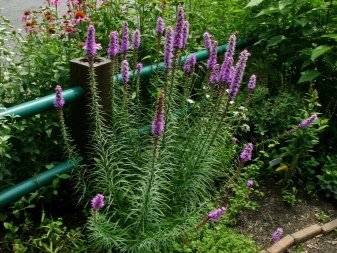
Next, see how to plant liatris.







































































































The comment was sent successfully.